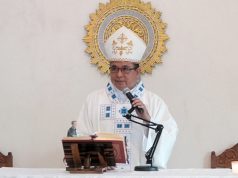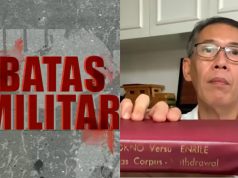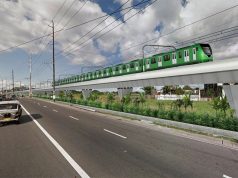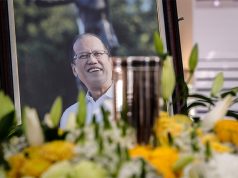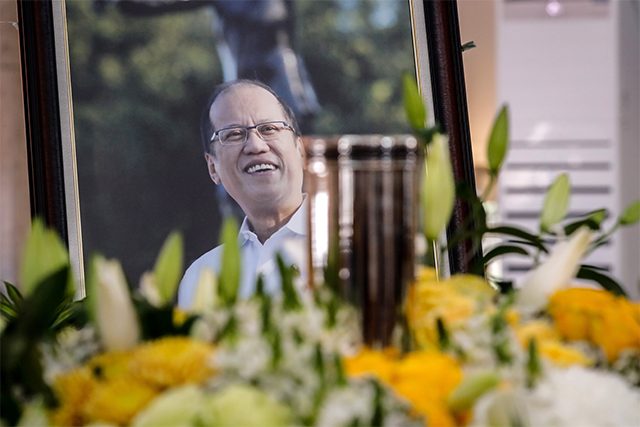
“Kayo ang boss ko.”
“‘The Filipino is definitely worth fighting for.”
These were the known lines of Benigno “Noynoy” Aquino III, son of Philippine democracy icons Benigno “Ninoy” and Corazon “Cory” Aquino, and the 15th president of the Philippines. He died of renal disease secondary to diabetes at the age of 61 last June 24.
READ: Embraced legacy: Aquino, son of Philippine democracy icons, dies at 61
Aquino won a landslide victory (15,208,678 votes) in June 2010, promising a solid mandate to pursue strong governance and anti-corruption platform.
He vowed to transform the Philippine government “from one that is self-serving to one that works for the welfare of the nation.”
Aquino also pledged to make the country “attractive to investors” through economic reforms. He then said he would, “cut red tape dramatically and implement stable economic policies.”

In terms of the Aquino administration’s economic record, data shows that foreign direct investment (FDI) has been rising steadily in recent years. Between January and November 2014, FDI flows reached USD 5.7 billion, which represents a more than 60% increase compared to 2013.
But official figures confirmed that 25.8% of Filipinos were living below the poverty line in the first half of 2014, just 0.5% less than in 2009.
As to Aquino’s anti-corruption campaign, Official Gazette, the official government journal of the Philippines, reported that the country has undergone a radical transformation under the Aquino administration by attempting to enhance transparency and accountability.
However, an opinion poll cited by The Economist, an international weekly newspaper, suggested that 46% of Filipinos believed that the Aquino administration had failed to curb corruption in 2015.
On the other hand, 13% said the late president had succeeded. The high number is owing to the continuous pork barrel scam controversies in his term.
Here is the rundown of major events that occurred and policies that were approved during Aquino’s presidency:
Aug. 23, 2010: Manila hostage crisis
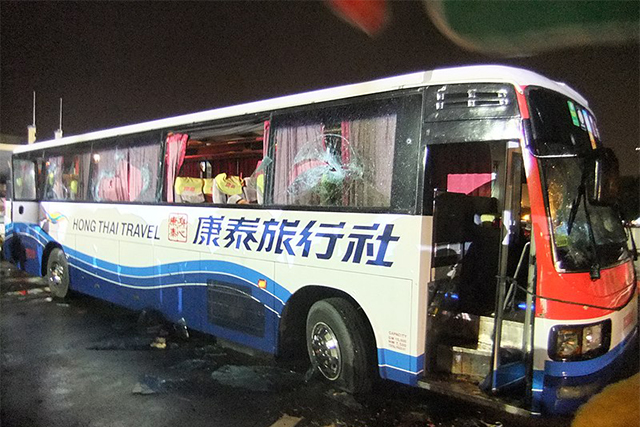
The major crisis that occurred under the Aquino administration happened when a disbarred policeman took a busload of Hong Kong tourists hostage at Quirino Grandstand, Manila.
The gunman and eight hostages were killed in a bloody siege after a 12-hour long police rescue operation.
The Hong Kong government and families of the victims want the Philippine government to apologize for what they perceive as a “mishandling of the hostage crisis by the Manila police.” However, Aquino said the Philippines won’t apologize for the violence of one individual, whom he described as “mentally unstable,” saying the expression of regret is enough.
The tragedy that occurred less than two months ago after Aquino’s inauguration, had strained ties with the Chinese territory for years.
Sept. 1, 2010: Public-Private Partnership center
Aquino signed Executive Order No. 8 renaming “Reorganizing and Renaming the Build-Operate-and-Transfer (BOT) Center, signed by the previous president Gloria Macapagal-Arroyo, to the Public-Private Partnership (PPP) Center of the Philippines.
The Aquino administration launched PPP to create feasible infrastructure that would help the country’s goal of achieving sustainable and inclusive economic growth.
Projects completed during Aquino’s term were:
- Automatic Fare Collection System (P1. 72 billion)
- Daang Hari-SLEX Link Road (P2.01 billion)
- PPP for School Infrastructure Phase 2 (P3.86 billion)
- Integrated Transport System (P5.08 billion)
- Modernization of Philippine Orthopedic Center (P5.69 billion)
- PPP School Infrastructure Phase 1 (P16.28 billion)
- and Ninoy Aquino International Airport Expressway (P15.52 billion).
May 29, 2012: Chief justice Corona impeachment
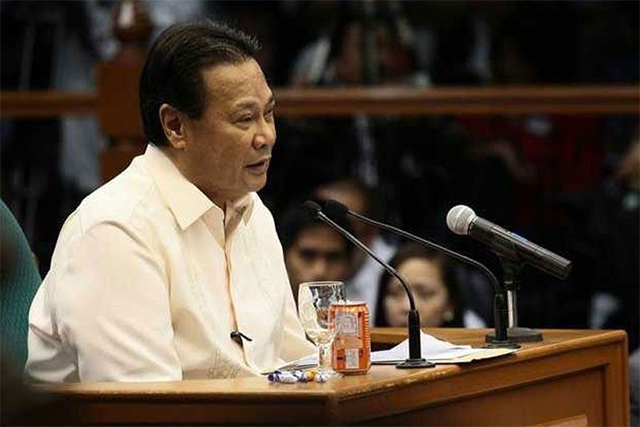
(Philstar.com/File photo)
The late chief justice of the Supreme Court, Renato Corona was removed from office with a 20-3 vote from the Senate, in a conviction that it could strengthen Aquino’s goal of cracking down on the corruption that is dragging down the country’s economy.
In 2011, the House of Representatives managed to impeach Corona for failing to disclose certain bank deposits in his statement of assets, liabilities and net worth (SALN). The prosecution accused Corona of hiding a portion of his Philippine peso and US dollar bank accounts valued at over 4 million.
Reacting to his verdict, Corona said that he was innocent and that “bad politics” prevailed in his trial. He is the first Philippine judiciary official in the country to be removed by impeachment.
In 2016, Corona’s family confirmed that he died of cardiac arrest at the age of 67.
Oct. 15, 2012: Framework Agreement on the Bangsamoro
The 2012 Framework Agreement on the Bangsamoro (FAB) was signed between the Philippine Government and the Moro Islamic Liberation Front (MILF).
The FAB includes the establishment of the Bangsamoro (Moro nation), formulation of basic law and powers, determination of revenue generation and wealth sharing and territory, and the basic rights of all people within the territory, Muslim, indigenous and all others.
In 2014, Aquino MILF signed the Comprehensive Agreement on the Bangsamoro as the first step in the creation of a new region that would replace the Autonomous Region in Muslim Mindanao (ARMM).
Dec. 20, 2012: Sin Tax Reform law

groups are seeking a hike in the sin tax as part of the package of tax reforms pending in Congress.
Aquino signed the Sin Tax Law of 2012, which would help finance the Universal Health Care program of the government. It has simplified the current excise tax system on alcohol and tobacco products and fixed long-standing structural weaknesses, and addresses public health issues relating to alcohol and tobacco consumption.
According to Action for Economic Reforms, the sin tax reform law in 2012 “created the momentum for sustained tax rate increases throughout the years.”
The government expects P33.96 billion additional revenue during the first year of its implementation. P23.4 billion will come from cigarettes, P6.06 billion from distilled spirits and P4.5 billion from fermented liquors.
Dec. 28, 2012: Reproductive Health law
Aquino signed Republic Act 10354 or the Responsible Parenthood and Reproductive Health Act of 2012.
The controversial RH Bill had been in Congress for 13 years before it was passed by both the Senate and the House of Representatives in December 2012.
The law aims to provide minors with access to artificial birth control methods in health centers and state-run hospitals only if they have written parental consent, or have already given birth or have had miscarriages.
Jan. 22, 2013: Battle for West Philippine Sea
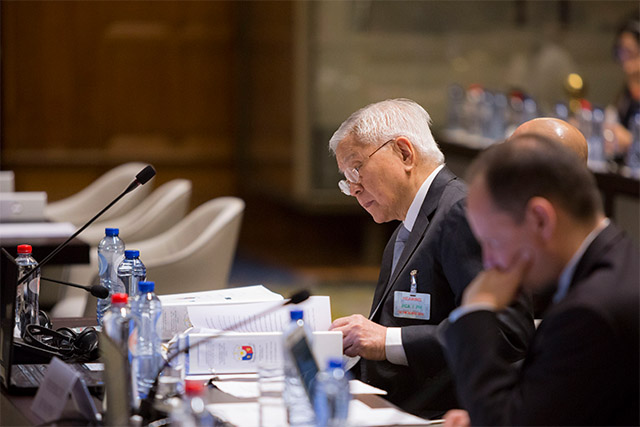
In 2012, the Philippines tried to arrest Chinese fishermen for their illegal presence at Scarborough Shoal, which lies 124 nautical miles west of Zambales province and within the Philippines’ 200 nautical miles exclusive economic zone.
The Chinese Coast Guard intervened, resulting in a dispute that went on for months.
The incident prompted the Aquino government to file an arbitration case against China at the Permanent Court of Arbitration in The Hague to assert the Philippines’ sovereignty rights in the West Philippine Sea.
The court ruled last July 2016, shortly after Aquino turned over the presidency to Rodrigo Duterte, that China’s nine-dash line claim over the South China Sea, as based on history, has no legal basis.
May 15, 2013: K-12 education system
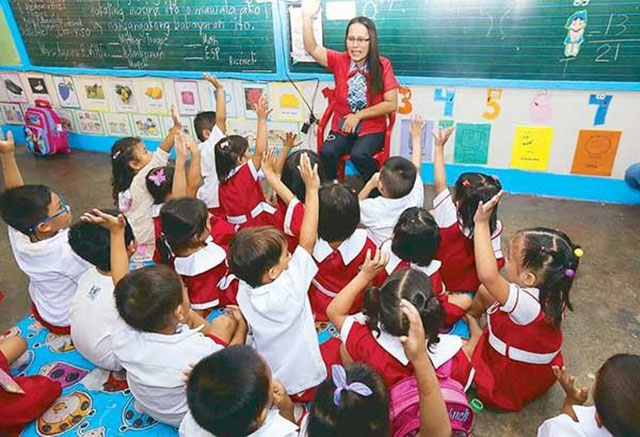
Aquino signed the K-12 bill into law that will add two years to the basic education system in an effort to further prepare students for the workforce after education.
It requires students to undergo “Kindergarten and 12 years of basic education—six years of primary education, four years of Junior High School, and two years of Senior High School, before heading into higher education or college.”
In 2018, the Department of Education said that the Grade 12 Senior High School graduates are job-ready due to the work immersion program included in their curriculum. However, according to the Philippine Institute of Corporate Directors in 2019, most companies are still hesitant to hire K-12 graduates because of their tendencies to work only for a short period of time, for the reason that they will proceed to college, or they just wanted to gain experience and hope to transfer to higher-paying companies.
July 31, 2013: Pork barrel scam

Whistleblower Benhur Luy, relative and employee of the alleged mastermind the 10-billion peso pork barrel scam, dropped by the National Bureau of Investigation (NBI) to give Special Allotment Release Order numbers to prove that money being used by his supposed employer came from lawmakers’ pork barrel or Priority Development Assistance Fund (PDAF).
In September, the NBI found sufficient evidence for the filing of complaints of plunder against five lawmakers, and for malversation, direct bribery, and graft and corrupt practices against three other lawmakers.
Plunder charges were filed against former senators Juan Ponce Enrile, Jinggoy Estrada, and Sen. Ramon “Bong” Revilla Jr. before the Ombudsman for allegedly stealing hundreds of millions worth of kickbacks from their PDAF allocations that went to businesswoman and alleged mastermind Janet Lim-Napoles’ NGOs.
The scam also involves five former House members and more than 30 other government officials and employees.
Nov. 8, 2013: Super Typhoon ‘Yolanda’
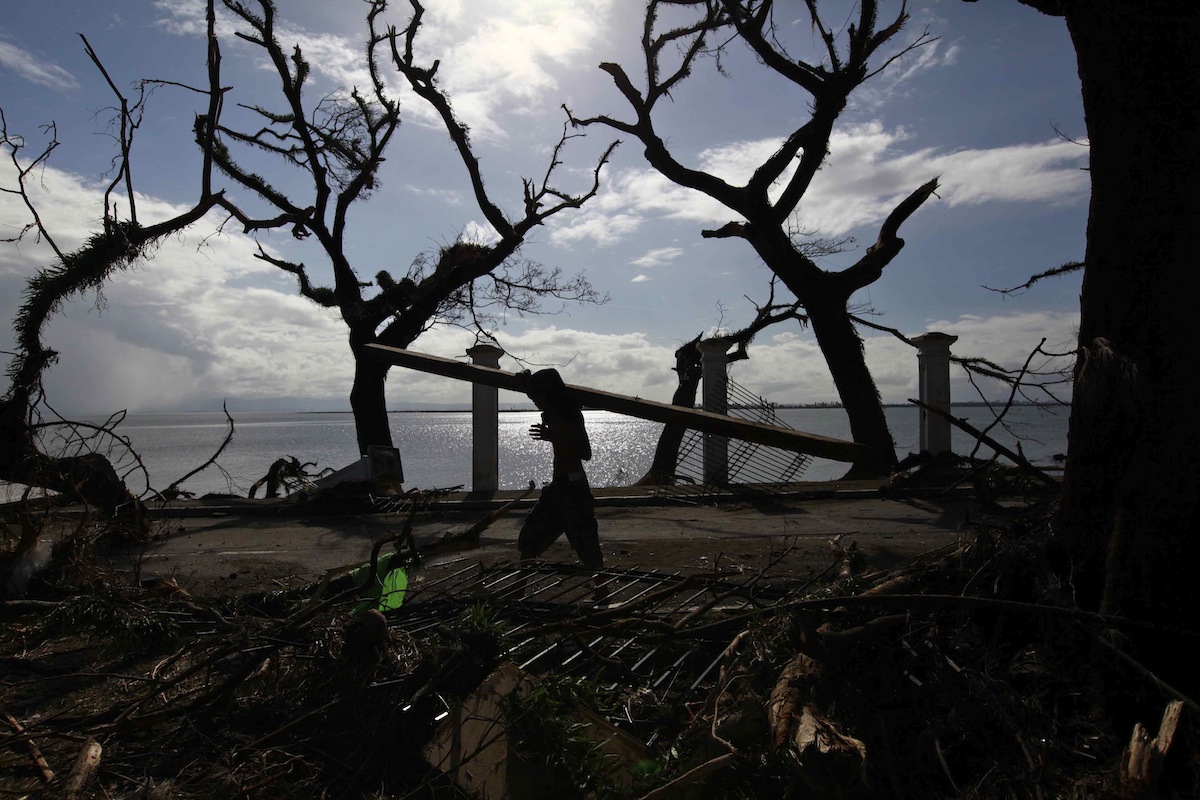
Tropical cyclone “Yolanda” (International name: “Haiyan”) hit the Philippines with winds of 313 km per hour (195 mph). It has been described as the strongest tropical cyclone to make landfall in recorded history. It was accompanied by monstrous winds that uprooted trees and tore roofs off buildings.
On November 11, Aquino declared a “State of National Calamity” to quicken government efforts as well as utilize appropriate funds to provide basic services.
The government response was heavily criticized over the slow relief effort and Aquino being supposedly “clueless” on what’s happening.
For the first six days, the government distributed only 50,000 “food packs” containing 6 kilograms of rice and canned goods each day, covering just 3 percent of the 1.73 million families affected, according to government figures.
Three years after the incident, the Aquino government failed to release P20.7 billion allocated for housing assistance to typhoon victims, according to data released by former senator Loren Legarda.
Over 6,000 people lost their lives, 28, 626 have been reported injured, and 4.1 million people were left displaced from their homes. The NDRRMC also reported that more than 3.4 million families or over 16 million persons were affected by the powerful typhoon in 44 provinces.
Jan. 25, 2015: Mamasapano firefight: SAF 44

Forty-four members of the Philippine National Police’s Special Action Forces (SAF), known as the SAF 44, had a special task called “Oplan Exodus” that aims to capture the Malaysian terrorist Zulkifli bin Hir, alias “Marwan” and the local terrorist Abdul Basit Usman.
Due to unforeseen circumstances, the SAF rerouted and arrived at the location at almost sunrise. As they became visible to the locals, they were eventually killed in an encounter with Moro rebels in the town of Mamasapano in Maguindanao, despite declaring a ceasefire.
Two years later, the Office of the Ombudsman indicted President Aquino, former PNP chief Alan Purisima, and retired police director Getulio Napenas for violation of the Anti-Graft and Corrupt Practices Act (graft and usurpation of authority) for their role in the Mamasapano operation.
Aquino allowed Purisima to give orders during the operation despite the preventive suspension. He also took full responsibility for the 44 elite SAF men killed in the operation.
Later on, Aquino was acquitted of homicide charges over the bloody Mamasapano firefight in 2015 for lack of probable cause, but the Ombudsman said the president was still “liable.”
Nov. 12 to 19, 2015: APEC Leaders’ Summit
The 23rd APEC Economic Leaders’ Summit was held at the Philippine International Convention Center. APEC is the highest-level, most influential economic forum in the Asia-Pacific. With 21 member economies, it accounts for nearly half of world trade, and about 57% of global gross domestic product.
With the theme “Building Inclusive Economies, Building a Better World,” Aquino called on the Leaders of the 21 APEC members to advance an agenda for joint action that lifts their economies and improves the Asia-Pacific region’s prospects for the future.




